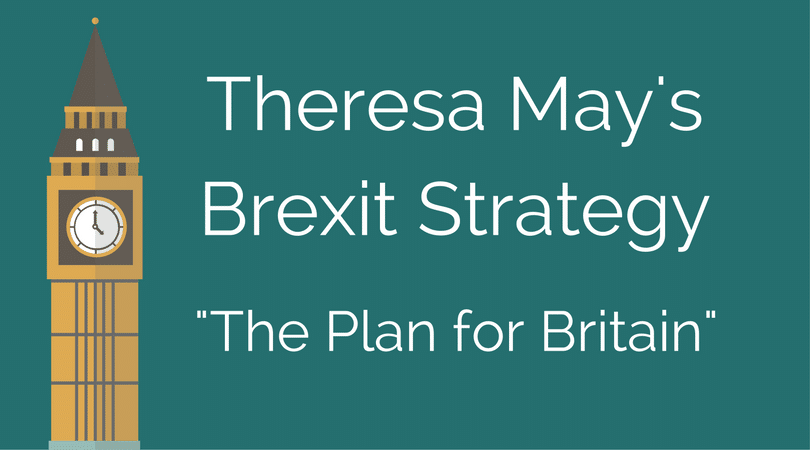Theresa May has addressed the British public to outline her Brexit strategy, the ‘Plan for Britain’.
May outlined her intentions to leave the single market; a route she described as, “a clean break from the EU.”
The 12-point plan also proposes control over the number of EU migrants entering the UK and a continued collaboration with the EU over research initiatives and defence policy, whilst improving relationships between UK nations.
May proposes that, whilst we won’t have tariff and restriction-free trade under the European single market, we will pursue new trade agreements with European countries, as well as forming trade relationships beyond the continent.
Leaving the single market and implementing new trade deals, May believes, will reinstate the UK as a global trading nation whilst pursuing, “a stronger Britain in charge of its own decisions.”
“Whilst Britain appears to be pursuing a ‘Hard Brexit’ we don’t know exactly what affect this will have on UK business,” comments Mark Johnson, Managing Director of Johnson Reed, “I would encourage businesses to remain vigilant and confident in the circumstances. The asset finance market has thrived as a result of the referendum. International lenders are very much committed to the UK and bringing low cost money to the UK ready to lend.”
Commenting upon the asset finance market’s 36th consecutive month of growth, Head of Research and Chief Economist at the FLA, Geraldine Kilkelly said, “The first post-EU referendum quarterly results saw the asset finance market record its strongest rate of new business for more than a year.”
May has proposed that any agreement between the EU and the UK will be put to the vote in Parliament, and the deal will be implemented through a phased process.
She still hopes to invoke Article 50 by the end of March.
What do you think of May’s Brexit strategy? Tell us your thoughts in the comments box below!


